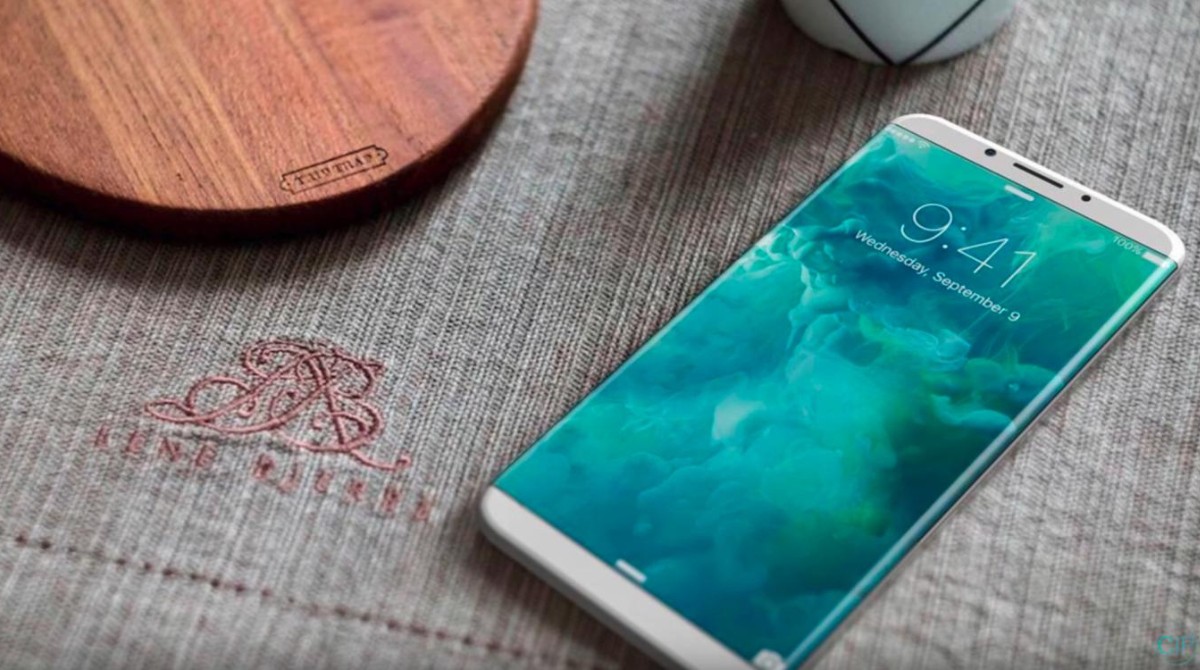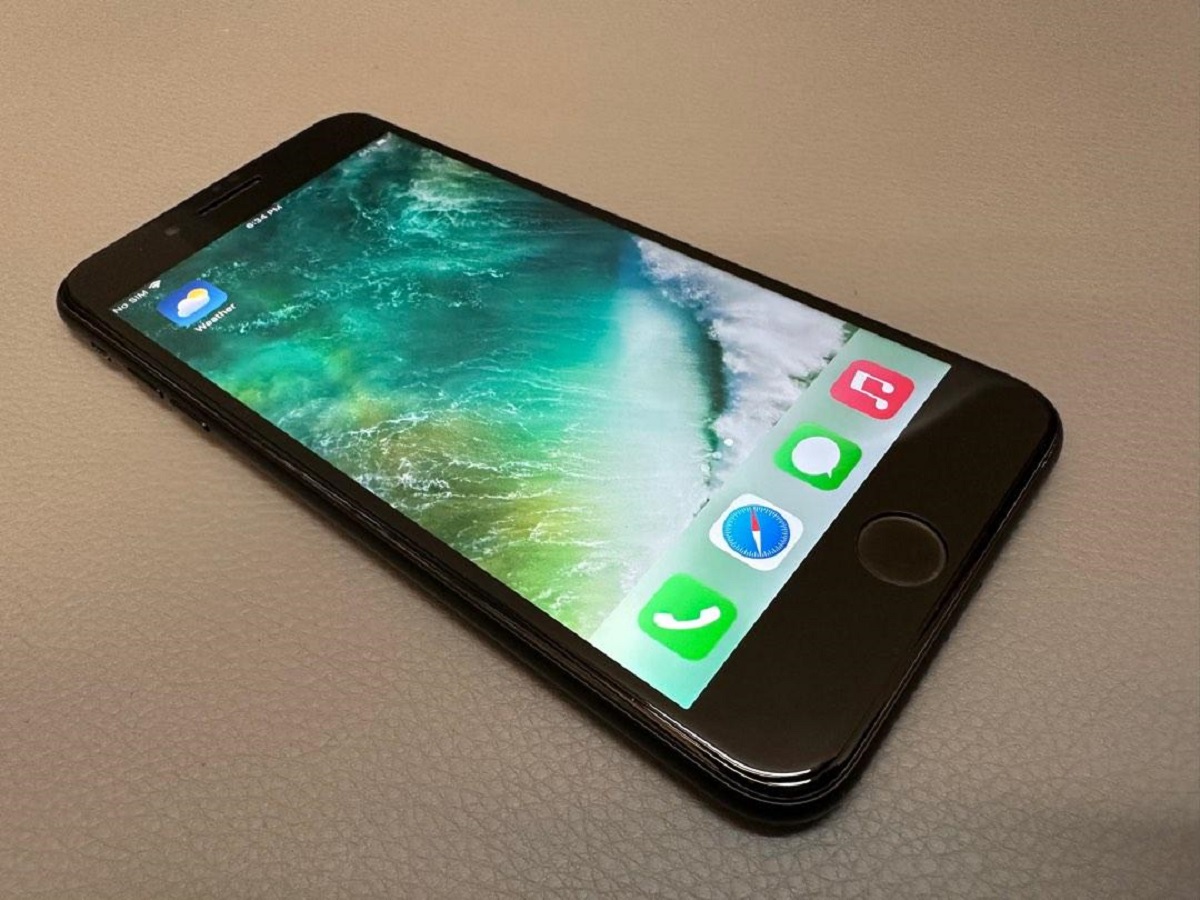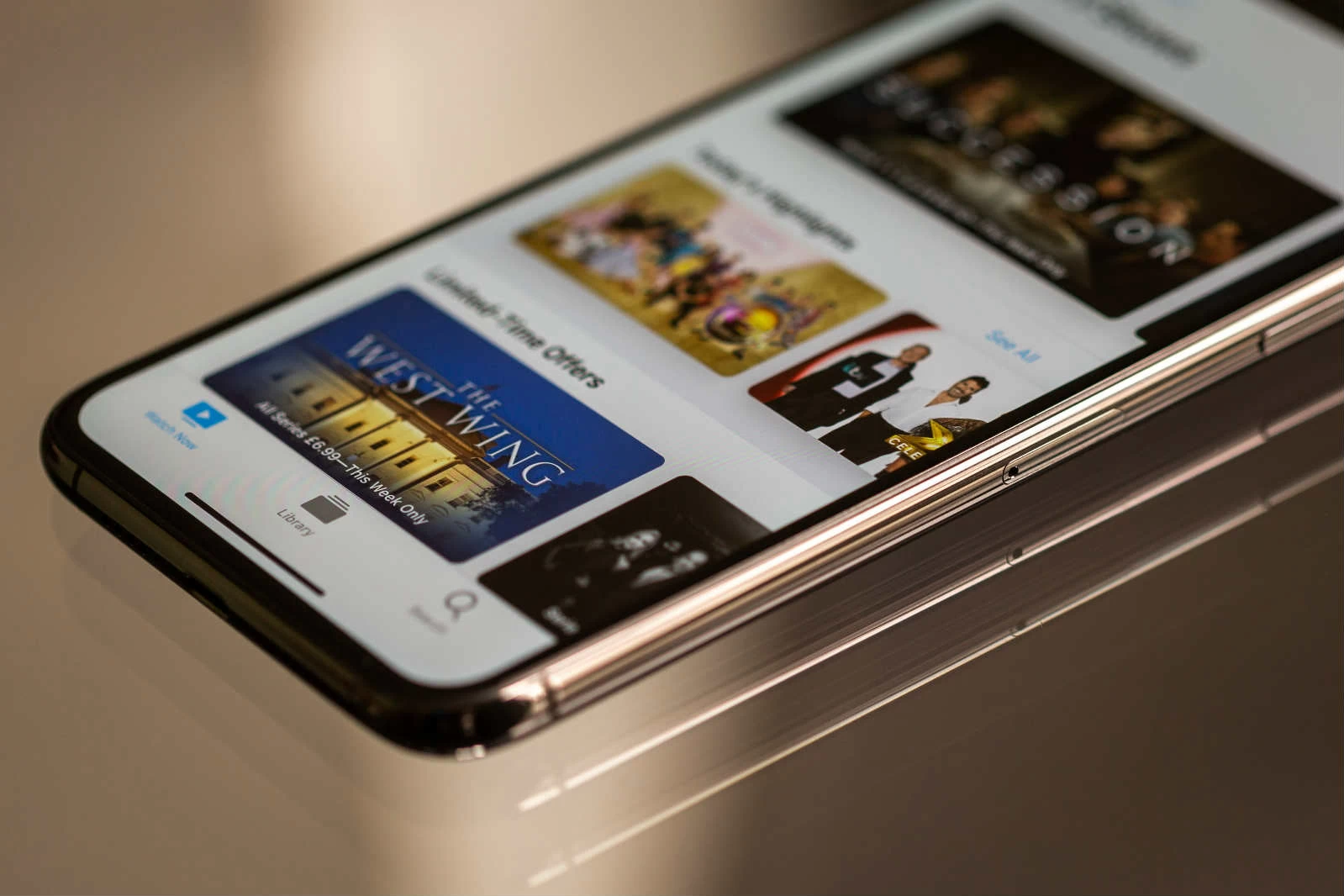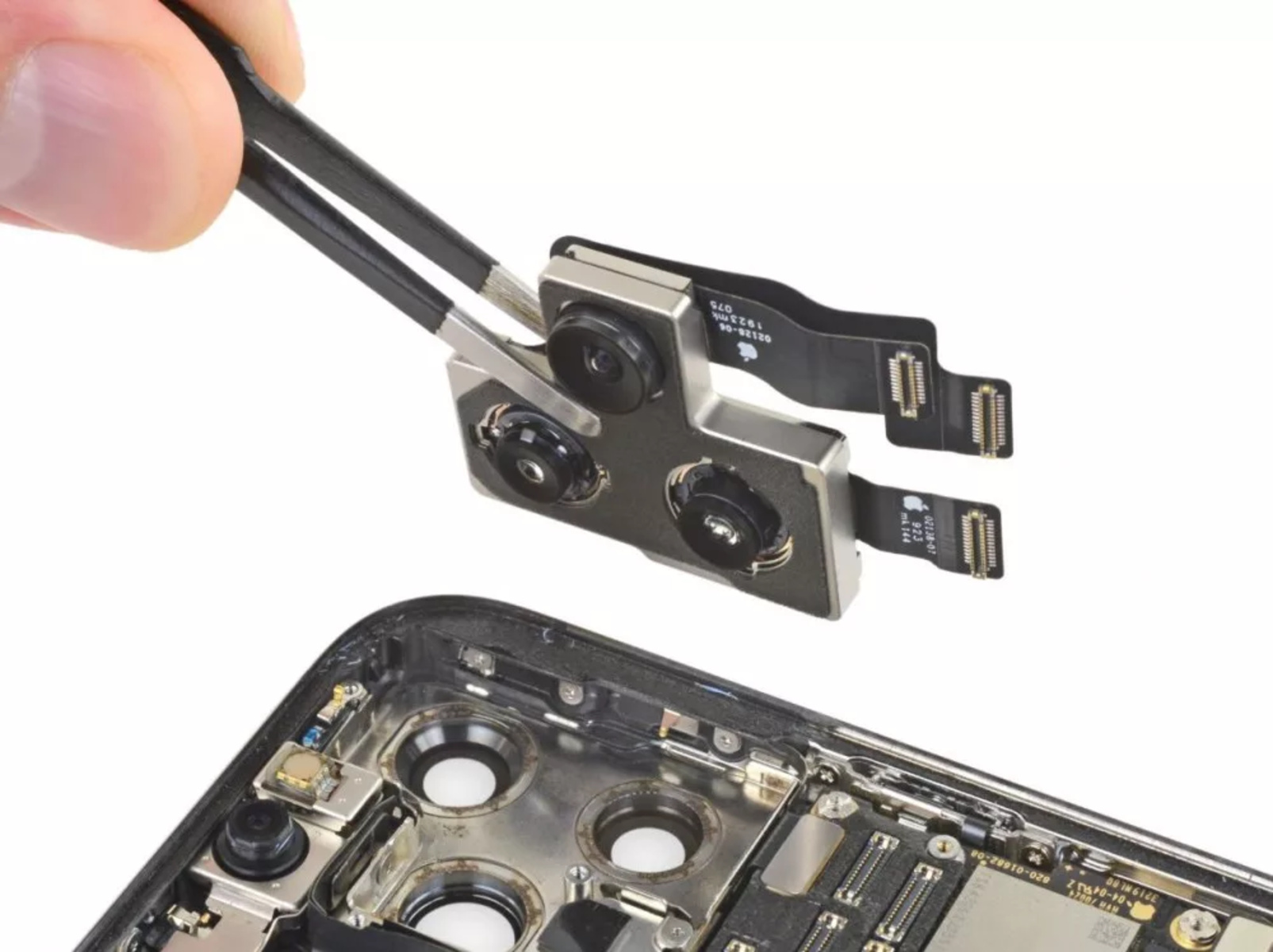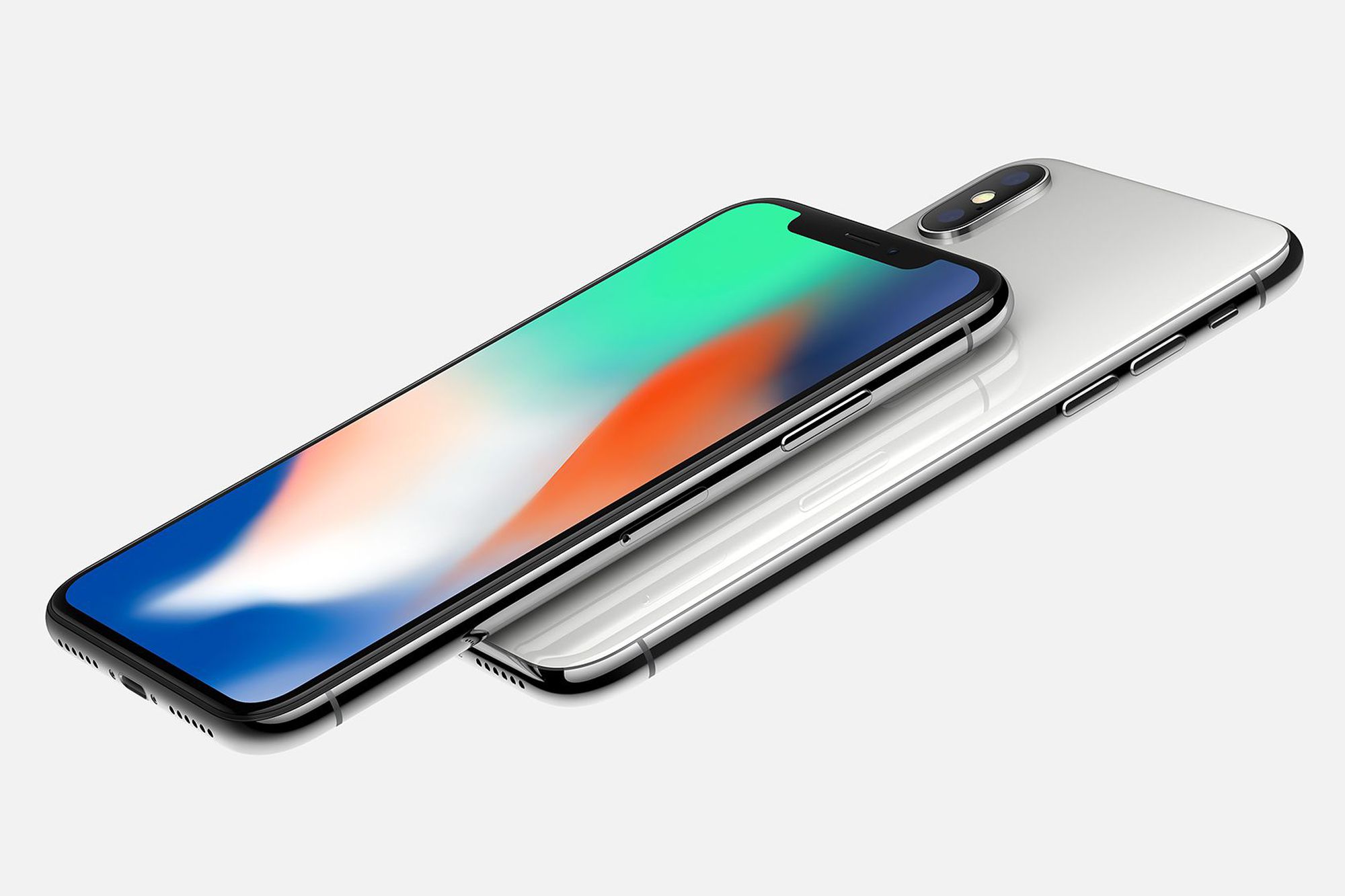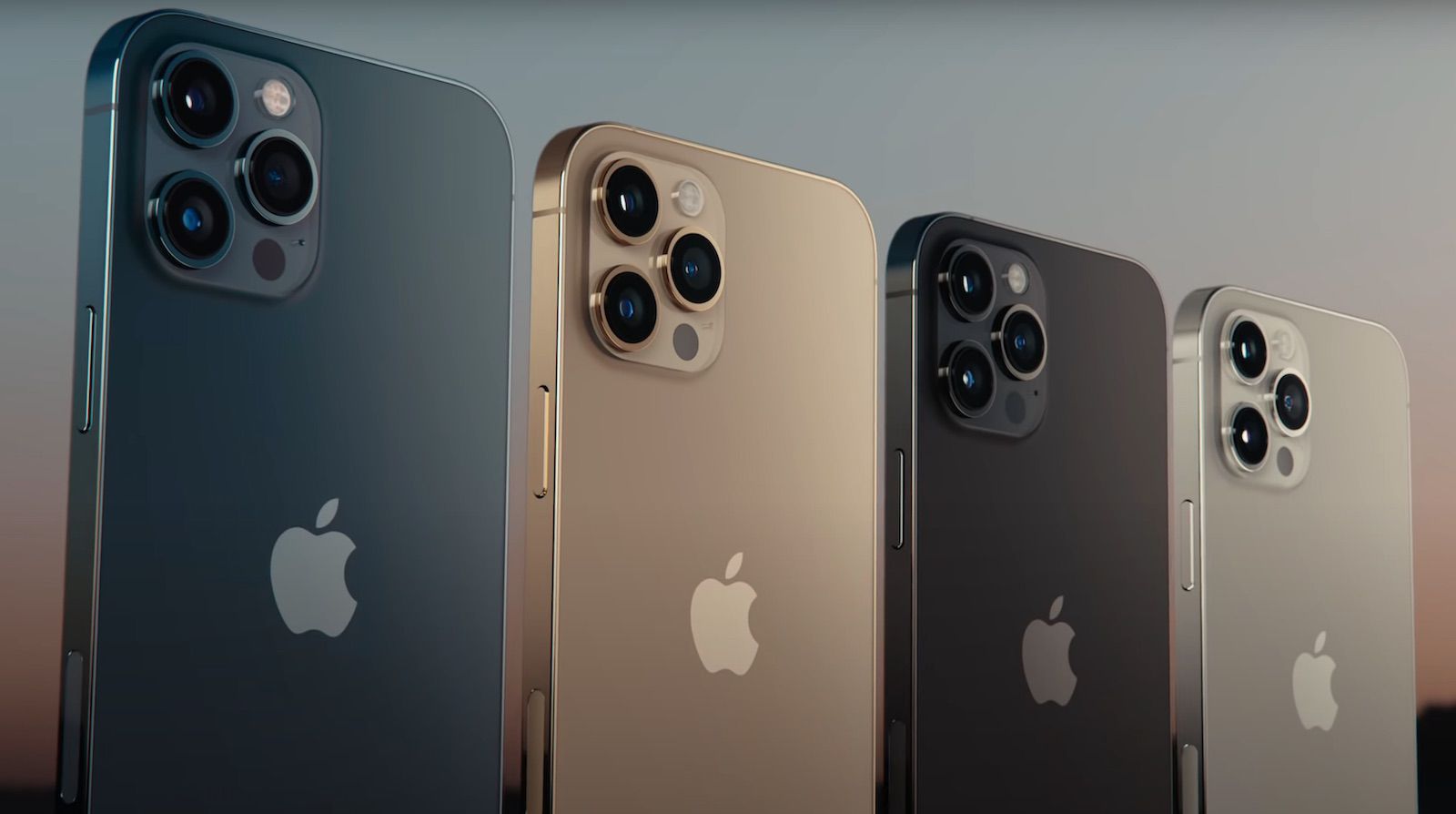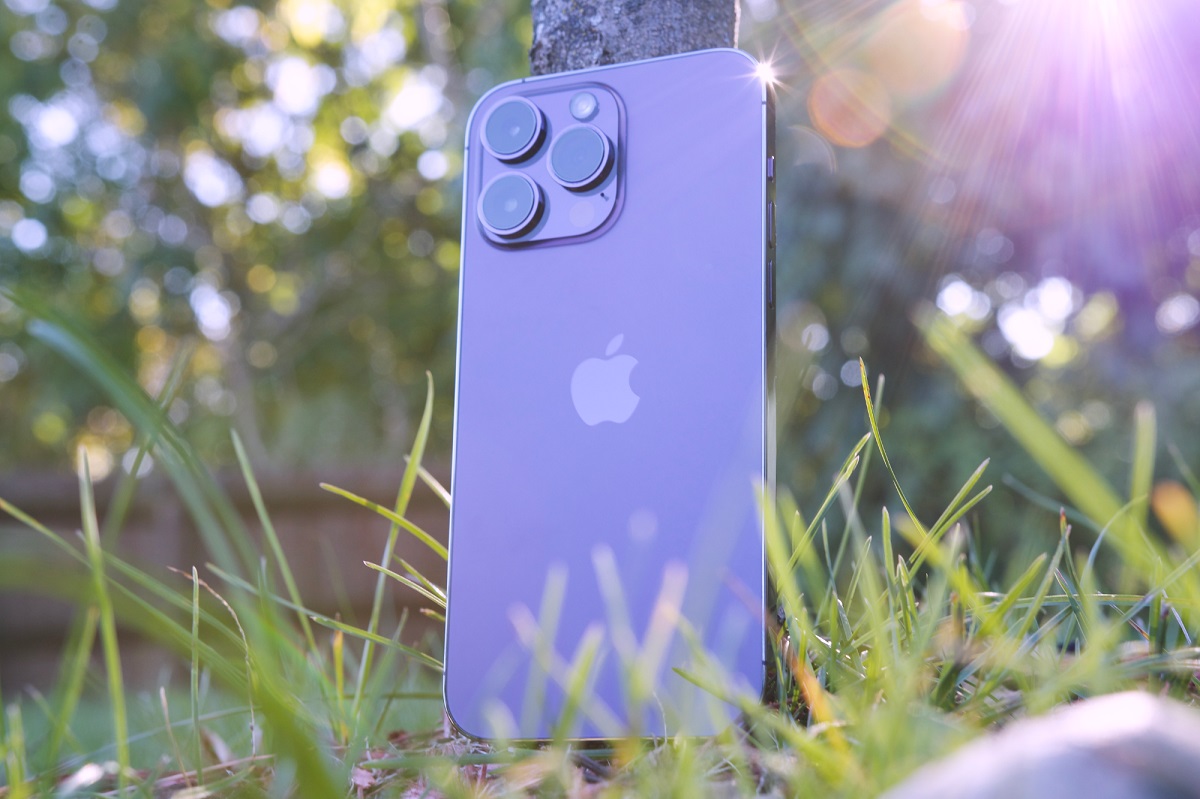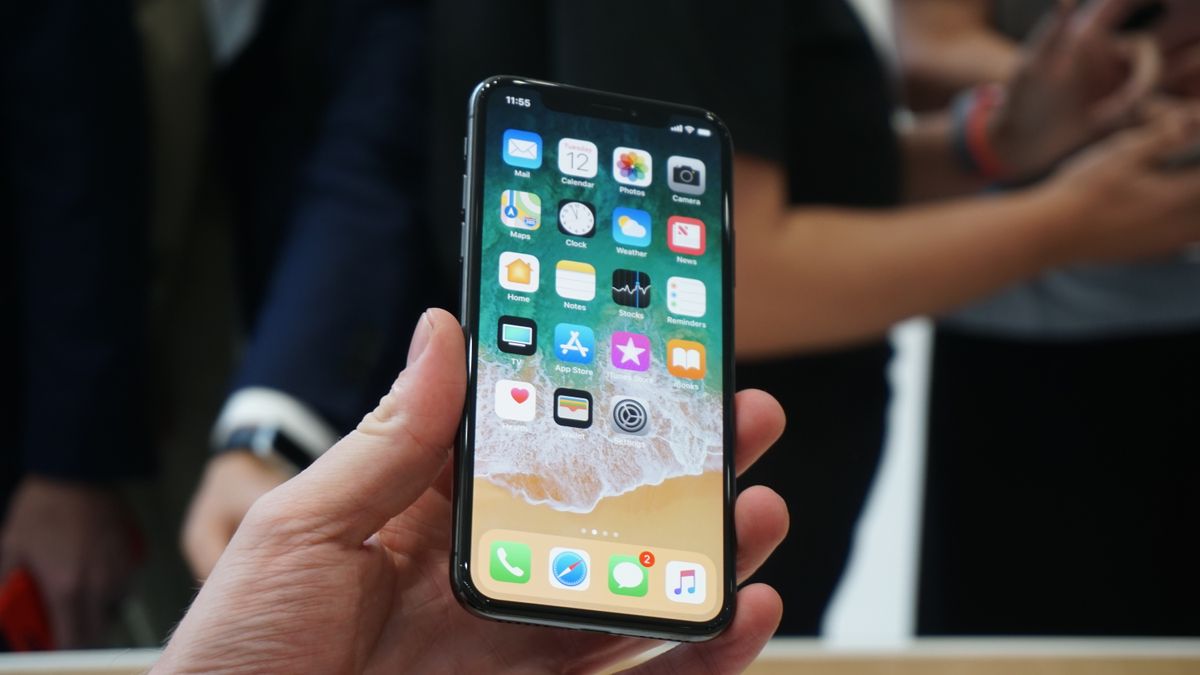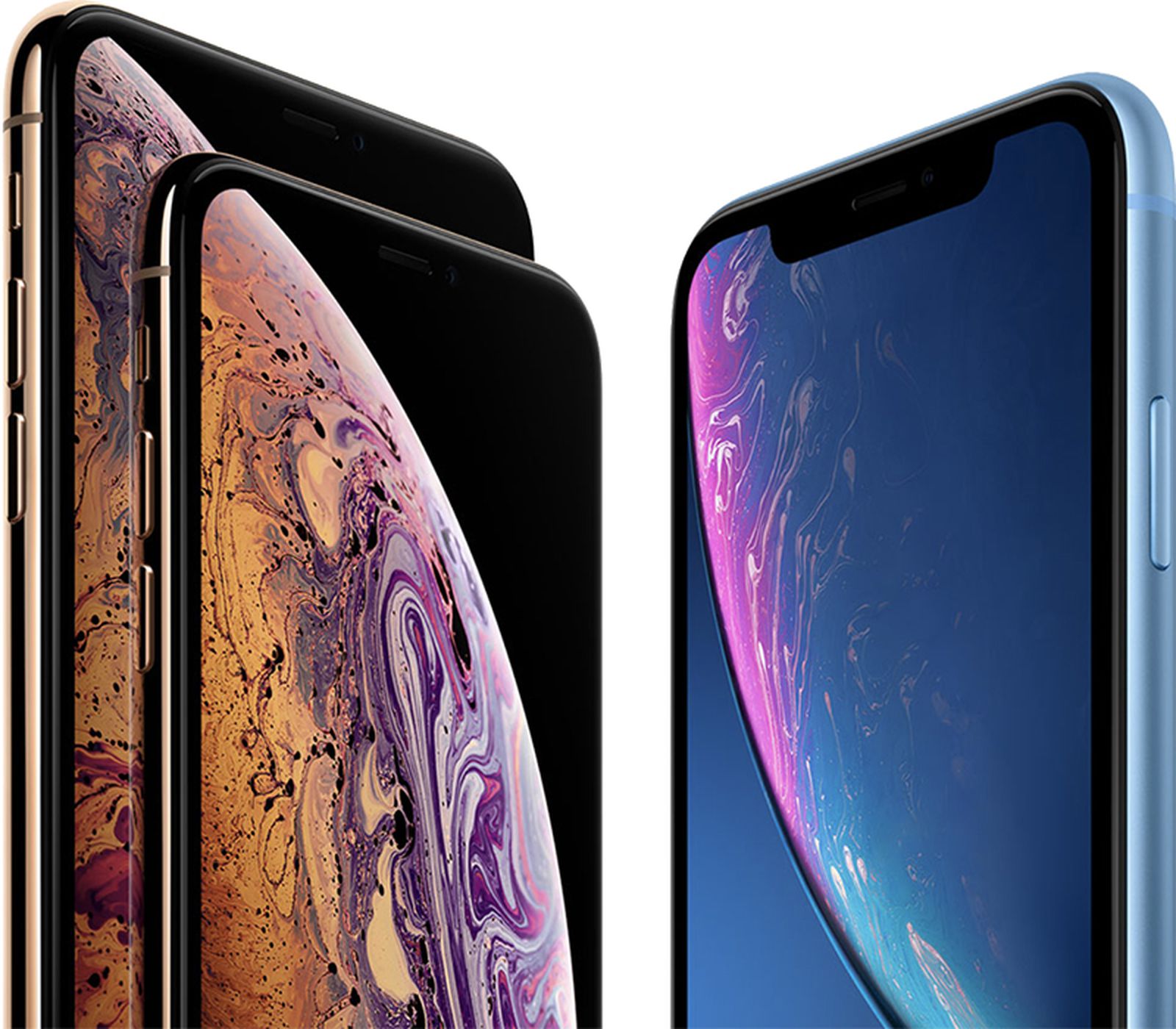Introduction
Welcome to our guide on the RAM specifications of the iPhone 8. When it comes to smartphones, the random access memory (RAM) plays a pivotal role in determining the device’s performance and multitasking capabilities. The iPhone 8, released by Apple in 2017, is a powerful device that boasts impressive specifications, including its RAM capacity.
In this article, we will delve into the details of how much RAM the iPhone 8 has and explain the importance of RAM in a smartphone. We will also discuss the benefits of having ample RAM in the iPhone 8, its impact on performance, and the limitations of the device’s RAM capacity.
Furthermore, we will compare the RAM capacity of the iPhone 8 with other competing smartphones, allowing you to gain a deep understanding of its relative performance in the market. So, if you are curious about how much RAM your iPhone 8 has and how it affects your overall experience, read on to find out all the important details!
RAM Specification for iPhone 8
The iPhone 8 is equipped with a 2GB LPDDR4 RAM, which is the same amount as its predecessor, the iPhone 7. While this may seem conservative compared to some of the high-end Android smartphones that boast 4GB or even 6GB of RAM, it is important to note that Apple has always been known for its optimized software-hardware integration.
Apple’s iOS operating system is designed to be efficient and resource-friendly, allowing the iPhone 8 to deliver an exceptional performance despite its relatively lower RAM capacity. The 2GB RAM on the iPhone 8, combined with Apple’s proprietary A11 Bionic chip, ensures smooth multitasking, fast app launches, and a seamless overall user experience.
While some may argue that more RAM would contribute to better performance, Apple has managed to strike a balance between hardware specifications and software optimization. Their ecosystem allows them to maximize the efficiency of their devices, even with smaller RAM capacities compared to Android counterparts.
It’s worth mentioning that the iPhone 8’s 2GB RAM may seem limiting for users who heavily multitask or use resource-intensive applications. However, iOS’s aggressive memory management ensures that even with limited RAM, the device can efficiently handle everyday tasks without any hiccups.
Overall, while the iPhone 8’s RAM capacity may not be as high as some other flagship smartphones on the market, Apple’s optimization delivers a smooth and responsive experience that rivals many of its competitors.
Importance of RAM in a Smartphone
RAM, short for Random Access Memory, is a crucial component of any smartphone. It is responsible for temporarily storing data and instructions that the device needs to access quickly. In simple terms, RAM acts as the device’s short-term memory, enabling smooth multitasking and faster app loading times.
One of the key reasons why RAM is important in a smartphone is its impact on multitasking capabilities. When you switch between apps or perform multiple tasks simultaneously, your device needs sufficient RAM to keep those apps running in the background and quickly retrieve data when you switch back to them. Without enough RAM, you may experience lag, freezing, or apps crashing when you try to switch between them.
RAM also plays a crucial role in running resource-intensive applications and games. These applications require more memory to store and process data, and having ample RAM ensures smooth gameplay and prevents apps from slowing down or crashing due to insufficient memory.
In addition to multitasking and app performance, RAM also affects overall device performance. A smartphone with higher RAM capacity can handle more tasks efficiently and run demanding apps smoothly. This can significantly impact the user experience, making the device feel snappy and responsive.
Moreover, RAM efficiency is closely tied to battery life. When a smartphone has sufficient RAM, it can optimize memory usage and reduce the need to constantly access data from the device’s storage or power-hungry processes. This results in improved battery performance and longer usage time.
It is essential to note that RAM works in tandem with the device’s processor. While the processor handles the actual processing of data, RAM provides the necessary space to store and access that data quickly. Therefore, a balance between the processor and RAM is vital to ensure optimal device performance.
Overall, the RAM capacity of a smartphone is a critical factor in determining its multitasking capabilities, app performance, and overall user experience. An adequate amount of RAM ensures smoother operation, faster app loading times, and efficient multitasking, allowing users to make the most of their device.
Benefits of Having Ample RAM in iPhone 8
Having ample RAM in the iPhone 8 offers several benefits that contribute to a smoother and more efficient user experience. Let’s explore the advantages of having sufficient RAM on your device:
- Smooth Multitasking: With ample RAM, the iPhone 8 can seamlessly handle multiple tasks simultaneously. You can switch between apps without experiencing lag or delays, allowing you to be more productive and efficient.
- Faster App Loading Times: Having more RAM means that app data can be stored and accessed quickly, resulting in faster app launch times. This means you can access your favorite apps and games without waiting for them to load, improving overall usability.
- Improved Performance in Resource-Intensive Apps and Games: Resource-intensive applications and games require a significant amount of RAM to run smoothly. The iPhone 8’s ample RAM capacity ensures that these apps and games perform flawlessly, delivering an immersive and responsive experience.
- Efficient Background Process Handling: When you switch between apps, the iPhone 8 needs to keep certain processes running in the background. Sufficient RAM allows the device to efficiently handle these background processes, ensuring a seamless transition between apps without any performance degradation.
- Better Mobile Browsing Experience: Mobile browsing involves loading multiple tabs, images, and content simultaneously. With ample RAM, the iPhone 8 can handle the demands of modern web pages, resulting in smoother scrolling, quicker page loads, and an overall improved browsing experience.
- Enhanced App Compatibility: As newer applications are developed with improved features and functionalities, they often require more resources to run efficiently. When your iPhone 8 has ample RAM, you can be confident in its ability to handle future app updates and maintain compatibility with the latest software.
Having sufficient RAM in your iPhone 8 ensures that the device can handle the demands of modern apps, games, and multitasking scenarios. It allows for a smoother and more enjoyable user experience, making the iPhone 8 a reliable choice for daily use and resource-intensive tasks.
The Impact of RAM on iPhone 8 Performance
The RAM capacity of the iPhone 8 plays a significant role in determining its overall performance. RAM directly affects how smoothly the device operates and its ability to handle various tasks simultaneously. Let’s explore how RAM impacts the performance of the iPhone 8:
- Improved Multitasking: Ample RAM enables the iPhone 8 to handle multiple apps and processes simultaneously, allowing for seamless multitasking. With more RAM, you can switch between apps quickly without experiencing lag or delays.
- Faster App Launches: The more RAM your iPhone 8 has, the faster it can load and store app data. This results in faster app launch times, allowing you to access your favorite apps and start using them without any noticeable delay.
- Reduced App Reloading: When you switch between apps and then return to a previously used app, a device with higher RAM can retain the app’s state in memory. This eliminates the need to reload the app, making the transition between apps seamless and efficient.
- Enhanced Gaming Performance: Gaming on the iPhone 8 becomes more enjoyable with ample RAM. Games with high-quality graphics and complex mechanics require significant computational resources, and having more RAM ensures smooth gameplay without lag or frame rate drops.
- Efficient Resource Management: With sufficient RAM, the iPhone 8 can allocate resources more efficiently, reducing the strain on the device’s processor. This results in improved power optimization, longer battery life, and better overall performance.
- Stable System Operation: Insufficient RAM can lead to apps crashing or force the device to close background processes to free up memory. On the other hand, adequate RAM ensures stable operation, preventing app crashes and maintaining a smooth and uninterrupted user experience.
It’s important to note that RAM alone is not the sole determinant of the iPhone 8’s performance. Factors such as the device’s processor, software optimization, and overall hardware configuration also contribute to its overall performance. However, having ample RAM allows the iPhone 8 to handle tasks efficiently, resulting in a smoother and more responsive user experience.
Understanding the RAM Limitations of iPhone 8
While the iPhone 8 is a powerful device, it does have certain limitations when it comes to RAM capacity. Apple has equipped the iPhone 8 with 2GB of RAM, which may seem relatively lower compared to some competing Android smartphones. It’s important to understand these limitations and their potential impact on the device:
- App Reloading: With 2GB of RAM, the iPhone 8 may resort to reloading apps when memory is running low. Switching between multiple apps frequently may result in some apps being closed and needing to reload when you return to them.
- Multitasking Constraints: The lower RAM capacity can limit the number of apps that can stay active in the background without being closed. This may affect heavy multitaskers who rely on quick app switching or frequently use resource-intensive apps simultaneously.
- High-End Gaming: The limited RAM capacity of the iPhone 8 may hinder its ability to handle the most resource-intensive games available on the market. These games often require a substantial amount of RAM to run at optimal performance without any performance issues or frame rate drops.
- Future Software Updates: As new iterations of iOS are released, they may introduce more features and functionalities that demand additional resources. While Apple ensures compatibility with older devices, a lower RAM capacity could potentially limit the iPhone 8’s ability to handle future software updates and their advanced features.
Despite these limitations, it is important to note that Apple has always been known for its optimized software-hardware integration. The iOS operating system is designed to make the most efficient use of available RAM, allowing the iPhone 8 to deliver a smooth and responsive performance despite its lower RAM capacity.
Apple’s focus on resource management in both hardware and software ensures that the iPhone 8 still delivers a reliable user experience for everyday tasks, such as browsing, social media, productivity apps, and multimedia consumption.
It’s crucial to consider your specific needs and usage patterns when evaluating the RAM limitations of the iPhone 8. While it may not match the higher RAM capacities of some competitor devices, Apple’s optimization and efficient memory management still make the iPhone 8 a powerful and capable smartphone for most users.
Comparing iPhone 8’s RAM with Competing Smartphones
When comparing the RAM capacity of the iPhone 8 with its competing smartphones, it’s important to consider that different operating systems and hardware configurations can affect overall performance. While the iPhone 8 may have a lower RAM capacity, its optimized software-hardware integration allows it to deliver a smooth and responsive user experience. Let’s examine how the iPhone 8’s RAM compares to some popular competing smartphones:
- Samsung Galaxy S9: The Galaxy S9, released in 2018, boasts a higher RAM capacity of 4GB. While the additional RAM may provide some advantages in multitasking and app performance, the iPhone 8’s optimized software allows it to compete effectively with the Galaxy S9, despite the lower RAM.
- Google Pixel 3: The Pixel 3, released in 2018, also features 4GB of RAM. Similar to the Galaxy S9, the Pixel 3 has a higher RAM capacity compared to the iPhone 8. However, the iPhone 8’s efficient memory management ensures smooth performance, with many users reporting no noticeable performance differences compared to the Pixel 3.
- OnePlus 6: The OnePlus 6, released in 2018, comes with options for 6GB or 8GB of RAM. The higher RAM options provide an advantage in multitasking and resource-intensive tasks. However, the iPhone 8’s optimized software compensates for the smaller RAM capacity, delivering competitive performance in day-to-day tasks.
It’s essential to remember that the RAM capacity is just one aspect of a smartphone’s performance. Factors such as the operating system, processor efficiency, software optimization, and memory management techniques play significant roles in determining overall performance.
The iPhone 8’s optimized software-hardware integration allows it to deliver a seamless and efficient user experience, despite its lower RAM capacity compared to some competing smartphones. Apple’s ecosystem and stringent control over hardware and software ensure that the iPhone 8 performs exceptionally well in day-to-day tasks and offers a reliable user experience.
Ultimately, it’s important to consider your specific usage needs and preferences when comparing smartphones based on RAM capacity. While higher RAM capacities may offer some advantages in specific scenarios, the iPhone 8’s optimized performance and efficient resource management make it a powerful contender in the smartphone market.
Conclusion
The RAM capacity of the iPhone 8, while relatively lower compared to some competing smartphones, does not compromise its overall performance and user experience. With 2GB of RAM, the iPhone 8 delivers smooth multitasking, fast app loading times, and efficient resource management, thanks to Apple’s optimized software-hardware integration.
Ample RAM in the iPhone 8 offers benefits such as improved multitasking, faster app launches, and enhanced gaming performance. It ensures stable system operation, efficient background process handling, and a better mobile browsing experience. The iPhone 8’s RAM limitations must be considered, as it may lead to app reloading and multitasking constraints.
When comparing the iPhone 8’s RAM with competing smartphones, it’s important to acknowledge that RAM is just one aspect of overall performance. The iPhone 8’s optimized software compensates for its lower RAM capacity, delivering a seamless user experience that rivals devices with higher RAM capacities.
In conclusion, the iPhone 8’s RAM capacity is sufficient for most users’ day-to-day tasks, offering a smooth and responsive performance. Apple’s optimization, efficient resource management, and ecosystem ensure that the iPhone 8 delivers exceptional performance, despite its lower RAM capacity. So, if you own an iPhone 8, rest assured that it remains a reliable device that can handle your daily activities with ease.







